JohnQuixote
Ideal_Rock
- Joined
- Sep 9, 2004
- Messages
- 5,212
Date: 8/23/2005 3:48:47 PM
Author: Paul-Antwerp
Yawn,
I think that I deserve a medal for reading through all this, and remaining attentive. It probably is because I still understand what each person is saying, and the fact that I just returned from a true holiday is also helpful.
Anyway, what I see here is a classical example of people defending their opinion, without really understanding what the other person is defending.
In this, being a cutter and knowing what happens at the wheel, I fully understand what Brian and John are trying to explain. When we last met in Vegas, we agreed that we do not know yet to which extent the presence of facet yaw is detrimental to the performance of a round brilliant, but since it makes the light path less predictable, it is bound to have a negative effect. We explained it together to Jim Caudill of AGS, and I hope that he is now a motor behind figuring out the extent of that negative effect.
On the other hand, I see my dear friend Jonathan defending a point of view, based upon what he observes. Now, we can all agree that Jonathan is probably the world's best observer of diamonds and the best criticist, but I hate to say that the best criticists are not able to produce a good movie. At this point in time, I still do not understand what Jonathan thinks he is observing when he describes yaw, but I am sure that it is something completely different from what Brian and I know to be yaw.
Correct me if I am wrong, but I think that part of the problem is due to a simplification in the courses on light behaviour in gemmolical courses. I learned what a ray of light (which is uni-dimensional) does when it hits a facet. Now, this facet is taken as a line (being uni-dimensional), while in reality, a facet is a plane, thus two-dimensional. The whole theory of light behaviour (whether a ray of light is reflected or bent) is explained in that uni-dimensional way. Now, a facet being two-dimensional, there is an infinite (nice word) number of angles on that plane. The simplification is necessary to understand what is happening with light in a gem, but everybody seems to have forgotten that there has been a simplification.
Enough for now, I did not want to stir up the commotion again. Just remember, when you were about 2, your parents told you that anyone older than 18 was a grown-up. Being your current age, do you not consider that this is not entirely the case. Does this mean that our parents lied to us? No, but we should not continue to follow their simplifications.
Live long,
Thank you Paul. I'll look for an appropriate medal. Meanwhile, here's your star


Your observations are appreciated. It's the reason this issue has been left alone for now. I do hope to put up graphics illustrating this in terms that make it more clear, but as you noted the issue is multi-dimensional. Your movie critic analogy is a good one. In any event, the thread is already cumbersome and Brian has counseled me to avoid further redundancy. Rhino, thanks for your patience. I hope to get back to this in the next few days.
We have maintained commuications with Jim on this, but they are very busy with ASET and the new grading system. He acknowledges the studies and has confirmed our opinion that the machines don't pick up what we are describing, just as with indented naturals.



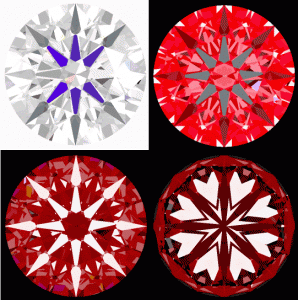

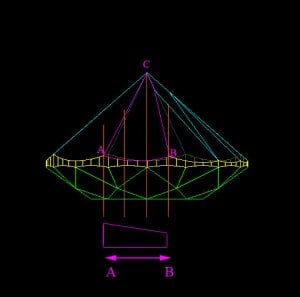
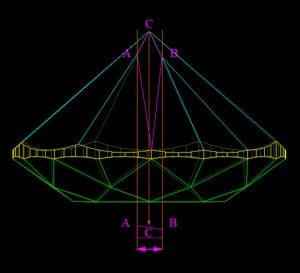


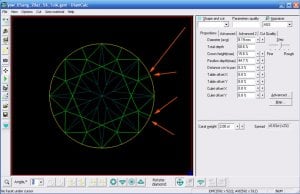

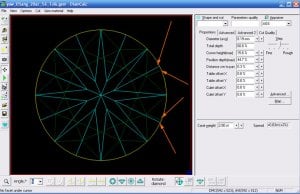

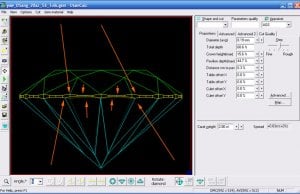
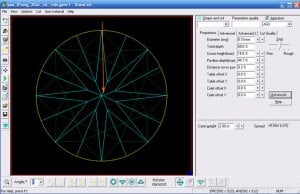


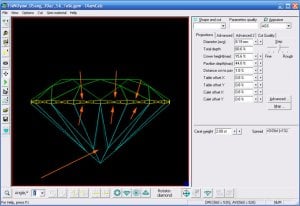
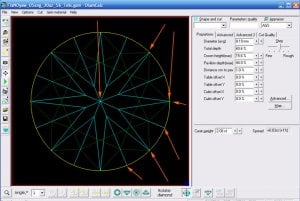

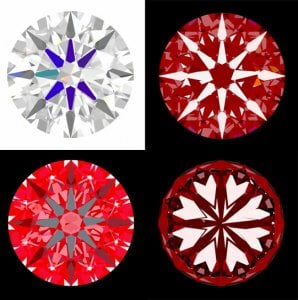
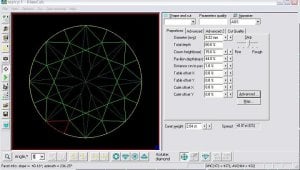
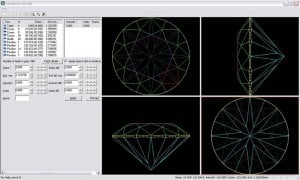





300x240.png)